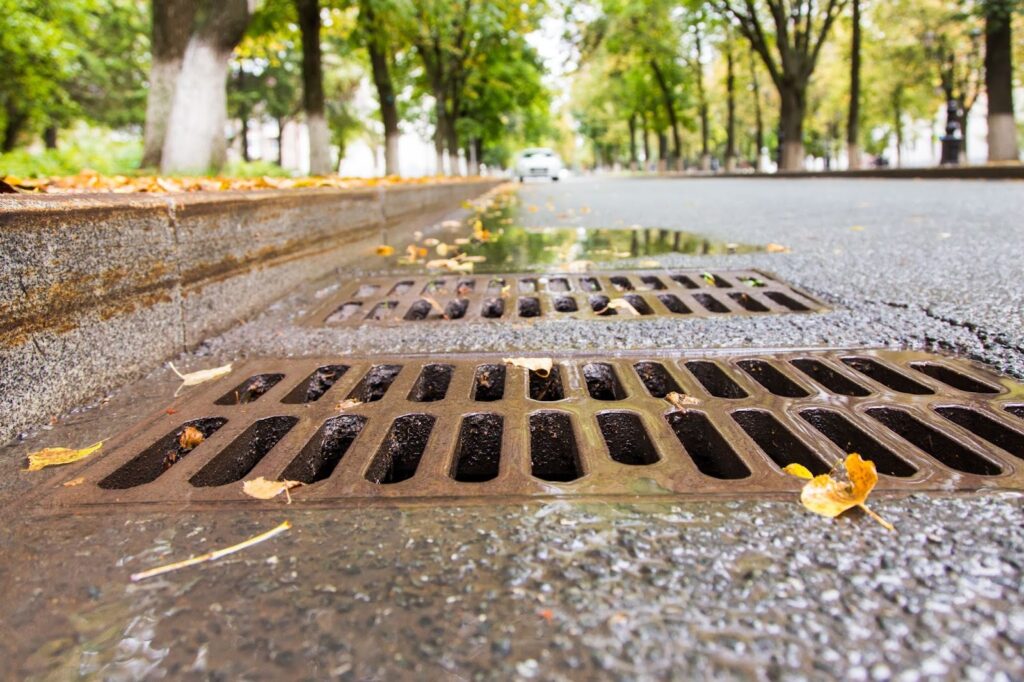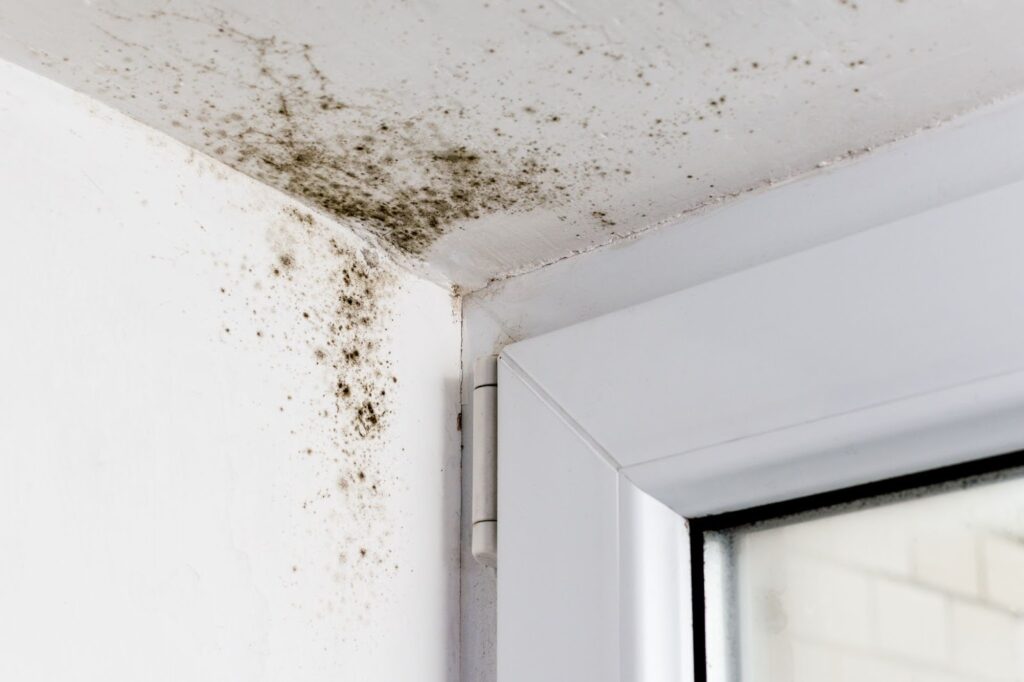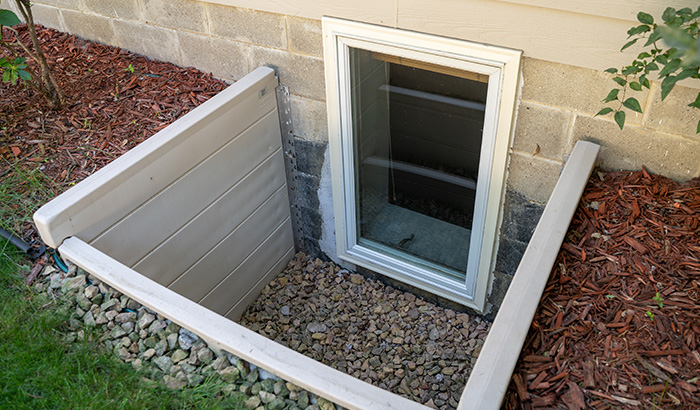On a walk around many homes, you might notice semi-circular indentations near basement windows: these are window wells. These features provide natural light emergency exits and help maintain the home’s structural integrity. While the window well is visible, its hidden hero is the window well drain.
Window wells protect basement windows from direct contact with soil and water, ensuring you don’t just see dirt from your basement window. However, without proper drainage, water could accumulate, posing risks.
The window well drain swiftly removes any accumulated water, acting as a shield against potential basement flooding and damage. Let’s explore the significance and workings of this crucial component, offering insights for homeowners and the curious alike.
For those new to the concept, let’s start with the basics. What exactly is a window well drain?
At its core, a window well drain is an underground drainage solution. Typically located at the base of a window well, it often consists of a perforated pipe surrounded by gravel or a similar porous material. Just as a drain in your shower or sink directs water away, the window well drain ushers away water that gathers in the window well.

Now, you might wonder, “Why all this fuss about water in a window well?” Great question! The presence of stagnant water in these areas isn’t merely an unsightly puddle; it poses genuine threats. Water, as gentle as it may seem when quenching our thirst or nurturing plants, can be a force of nature when left unchecked.
If water accumulates in the window well, there’s an increased risk of infiltrating the basement. This unwanted water intrusion can result in a spectrum of complications, from minor nuisances like a damp smell or mold growth to more serious issues such as structural damage or ruined belongings.
But with a properly functioning window well drain, homeowners can breathe a sigh of relief. By directing water away from the window and ensuring it doesn’t pool, the drain plays a pivotal role in maintaining a dry, comfortable, and safe basement environment. In essence, the window well drain acts like a protective shield, standing guard against potential flooding and the myriad problems it brings.
Why Are Window Well Drains Important?
Dive into any home improvement forum, and you’ll see a common theme: homeowners emphasizing the value of window well drains. But beyond being a recommended addition, why are they so vital? Let’s break it down.
For Damage Prevention
1. Protecting Foundations and Basement Walls:
When water pools in a window well, the constant moisture exposure can begin to erode the surrounding foundation and basement walls. Over time, this erosion can lead to cracks, which offer even more pathways for water entry. Not only does this compromise the structural integrity of your home, but repairs can be quite costly. A window well drain is a proactive step, ensuring the foundation and walls remain robust and damage-free.

2. Warding off Mold and Mildew:
Moisture is mold’s best friend. When water seeps into the basement, the damp environment becomes an ideal breeding ground for mold and mildew. These fungi not only cause unsightly black or green patches on walls and ceilings but can also contribute to health issues, especially for those with allergies or respiratory conditions. By keeping the basement dry, window well drains serve as a vital line of defense against these unwanted intruders.
For Safety Reasons
1. Mitigating Window Breakage Risk:
A window submerged in water faces immense pressure from the trapped liquid. This hydrostatic pressure can exert enough force to crack or even shatter basement windows. Broken windows can then allow a significant amount of water into the basement, escalating the problem further. A window well drain alleviates this pressure, reducing the risk of damage and potential flooding.
2. Ensuring a Safe Exit Path:
In emergencies, a basement window can serve as a vital escape route. However, a flooded window well can impede exit or even become a safety hazard itself. By ensuring that the window well remains free of water and debris, drains help guarantee that in times of need, your family has a clear and safe pathway out.
How Does a Window Well Drain Work?
The window well drain is a testament to clever yet uncomplicated home engineering. Let’s briefly explore its mechanics.
Drain Anatomy
- Gravel Base: This foundational layer facilitates free water flow and acts as a filter, preventing blockages from silt and larger debris.
- Perforated Pipe: This hole-filled pipe collects and channels water above the gravel, directing it towards an outlet.
- Drainage Outlet: The water’s exit route can connect to larger systems, sump pumps, or simply divert water away from the house.
How It Works
As precipitation occurs, the window well receives water. The gravel and pipe design ensure efficient drainage, preventing stagnation. The water is either pumped out or directed away, aiming to prevent water build-up.
Benefits of an Efficient Drain
- Peace of Mind: Enjoy confidence during wet seasons, knowing your home is shielded from water build-up.
- Savings: Proactive measures save you from expensive repairs down the line.
- Health: A dry basement means no mold, fostering a healthier living space.
- Preservation: Your home’s durability is enhanced when protected from persistent moisture.
Common Questions and Misconceptions
Window well drains are often surrounded by questions and myths. Let’s address some common queries and clear up misconceptions:
Do all homes need a window well drain?
Even if you don’t live in a rainy area, unexpected weather can strike. Window well drains serve as a protective measure for many homeowners, especially those with basements. It’s an investment in peace of mind.
Can I install a window well drain myself?
While DIY projects are popular, setting up a window well drain requires specific know-how. If you’re adept at home improvements, you might manage. Still, many prefer expert installation to ensure longevity and efficiency.
How frequently should I inspect my drain?
Consistent maintenance enhances a drain’s lifespan. Aim for bi-annual checks, preferably in spring and fall after heavy rain or snow events. Regular inspections catch issues early on.
Is just gravel adequate for drainage?
While gravel is vital for a drain, it’s not the sole component. An effective system combines gravel with a perforated pipe and drainage outlet.
My window well still floods; what’s wrong?
A few reasons could cause this, from blockages to issues with surrounding landscaping or sump pumps. If flooding persists, consult a professional to pinpoint and resolve the root cause.
Windowell Expressions Are the Experts You Need
For those who might need professional insight or interventions, Windowell Expressions stands out as a trusted name in window well care. Whether it’s reinforcing existing setups or designing new, innovative window wells adorned with chic liners and covers, our team is poised to deliver.
Elevate both the safety and aesthetic appeal of your home with our expert touch. Reach out to Windowell Expressions online or call 801-474-7835 today. Entrust your window well to the best in the business!







